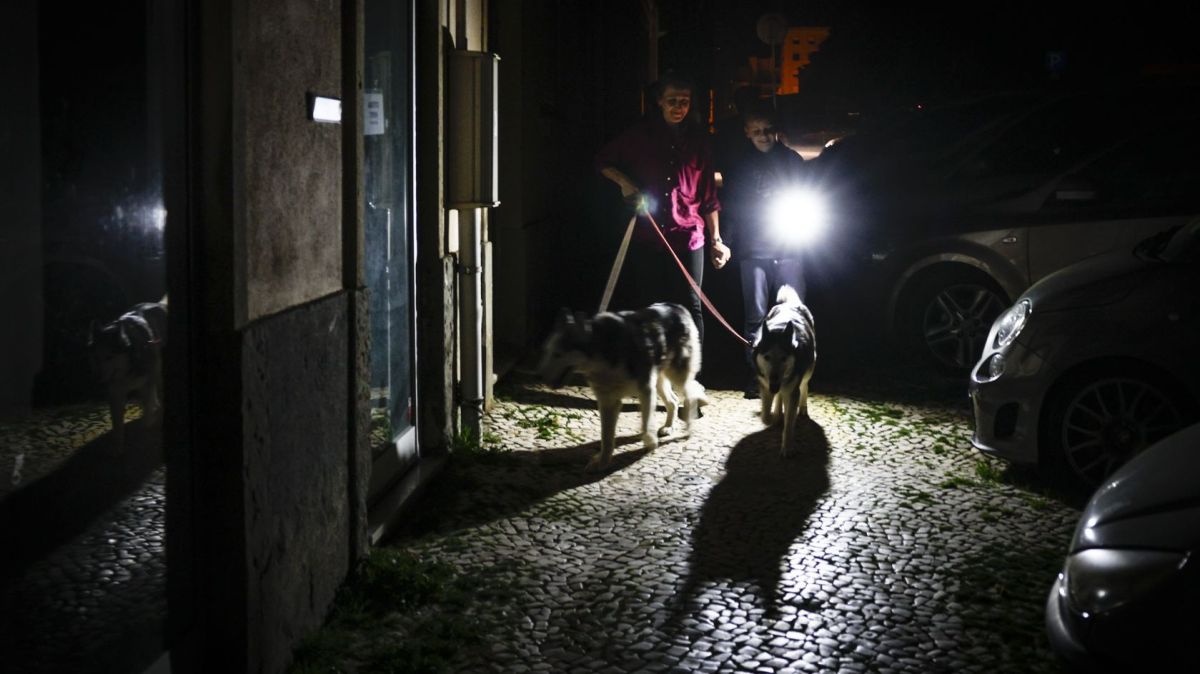The epidemiological situation report, with data updated until midnight on Thursday, indicates that the North region is the one with the highest number of deaths (240), followed by the Center region (107), the Lisbon region and Tagus Valley (78) and the Algarve, with eight dead.
The bulletin today reports on two deaths in the Azores.
In relation to Thursday, when 409 deaths were registered, today there was an increase of 6.4% (plus 26).
According to data provided by the DGS, there are 15,472 confirmed cases, plus 1,516, which represents an increase of 10.9% compared to Thursday.
Of the 435 deaths recorded, 284 were over 80 years old, 92 were aged between 70 and 79 years old, 43 between 60 and 69 years old, 12 between 50 and 59 years old and four were found to have four deaths among 40 at 49 years old.
Regarding the 15,472 people infected with the new coronavirus (SARS-CoV-2), the vast majority, 14,293 (+ 11.8%) are recovering at home, with 1,179 people hospitalized (six more than Thursday, + 0 , 5%), 226 (minus 15, -6.2%) of which in Intensive Care Units.
DGS data, which refer to 78% of confirmed cases, state that the municipality of Lisbon has the highest number of cases of coronavirus infection (851), followed by Porto (840 cases), Vila Nova de Gaia (710), Gondomar (629), Matosinhos (619), Braga (546), Maia (543), Valongo (455), Ovar (379) and Sintra with 358 cases.
Since January 1, 123,564 suspected cases have been recorded, of which 4,509 are awaiting test results.
The epidemiological bulletin also indicates that there are 103,583 cases in which the test results were negative and that the number of recovered patients increased to 233 (there were 205).
The North region continues to record the highest number of infections, totaling 8,897, followed by the region of Lisbon and the Tagus Valley, with 3,821 cases, from the Central region (2,197), the Algarve (279) and the Alentejo, which today has 125 cases .
There are also 94 people infected with the covid-19 virus in the Azores and 59 in Madeira.
DGS also records 25,914 contacts under surveillance by health authorities (1,206 more than on Thursday).
The age group most affected by the disease remains 40 to 49 years old (2,735), followed by 50 to 59 years old (2,712), 30 to 39 years old (2,195) and 60 to 69 years old (1,959).
There are also 245 cases of children up to nine years old, 400 of young people aged between 10 and 19 years old and between 20 and 29 years old there are 1,608 cases.
The data also indicate that there are 1,406 cases of people aged between 70 and 79 years old and 2,192 over 80 years old.
Overall, in Portugal there are 8,945 women infected with the new coronavirus and 6,527 men.
According to the report by the Directorate-General for Health, 160 cases result from the importation of the virus from Spain, 118 from France, 68 from the United Kingdom, 43 from Switzerland, 43 from the United Arab Emirates, 29 from Italy, 30 from Andorra, 22 from Brazil , 19 from the USA, 17 from the Netherlands, 14 from Australia, 14 from Argentina, nine from Belgium, nine from Germany, seven from Austria, five from Canada and four from India.
The bulletin also reports on three cases imported from Egypt, three from Guatemala and three from Israel, two from Ireland, two from Jamaica, two from Luxembourg, two from Malta and two from Thailand.
One case was also imported from Germany and Austria and another from Germany and Ireland. There are also records of four cases imported from Cape Verde, two from Chile, Pakistan and Ireland, and one from Azerbaijan, Cuba, Denmark, Indonesia, Iran, Maldives, Morocco, Mexico, Norway, Poland, Qatar, Czech Republic, Singapore , Sweden, Ukraine, Turkey and Venezuela.
According to DGS, 57% of patients positive for the new coronavirus have cough symptoms, 43% fever, 30% muscle pain, 27% headache, 23% general weakness and 17% breathing difficulty. This information refers to 78% of confirmed cases.
COVID 19: Portugal Update, 10 April
in News · 10 Apr 2020, 16:19 · 0 Comments









